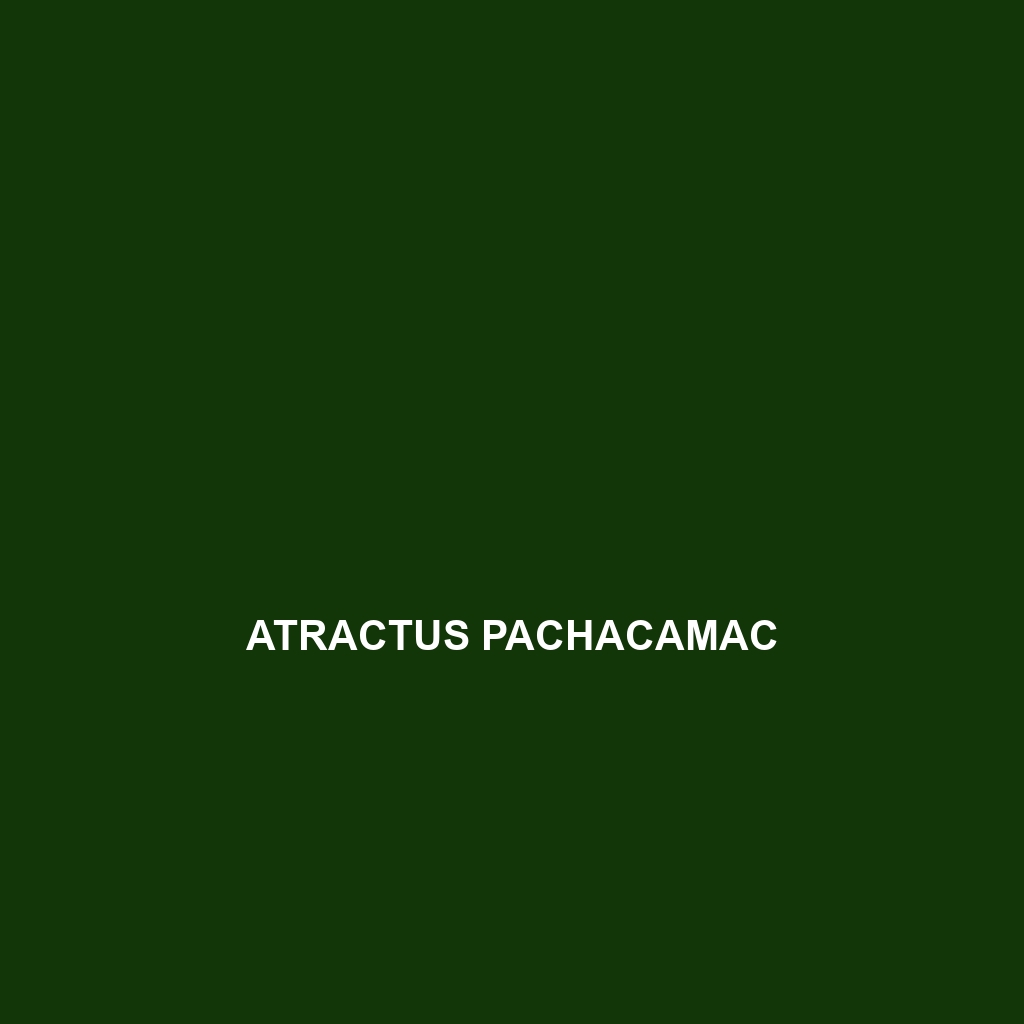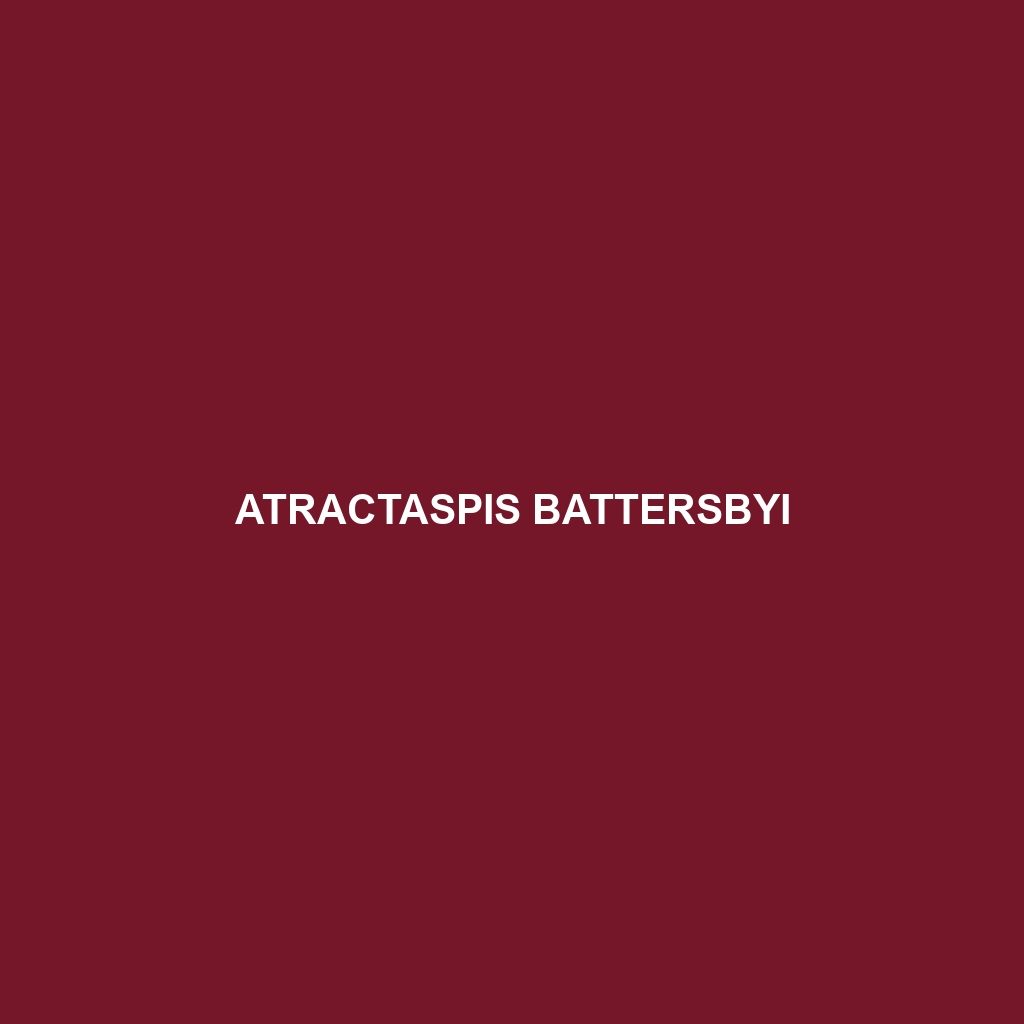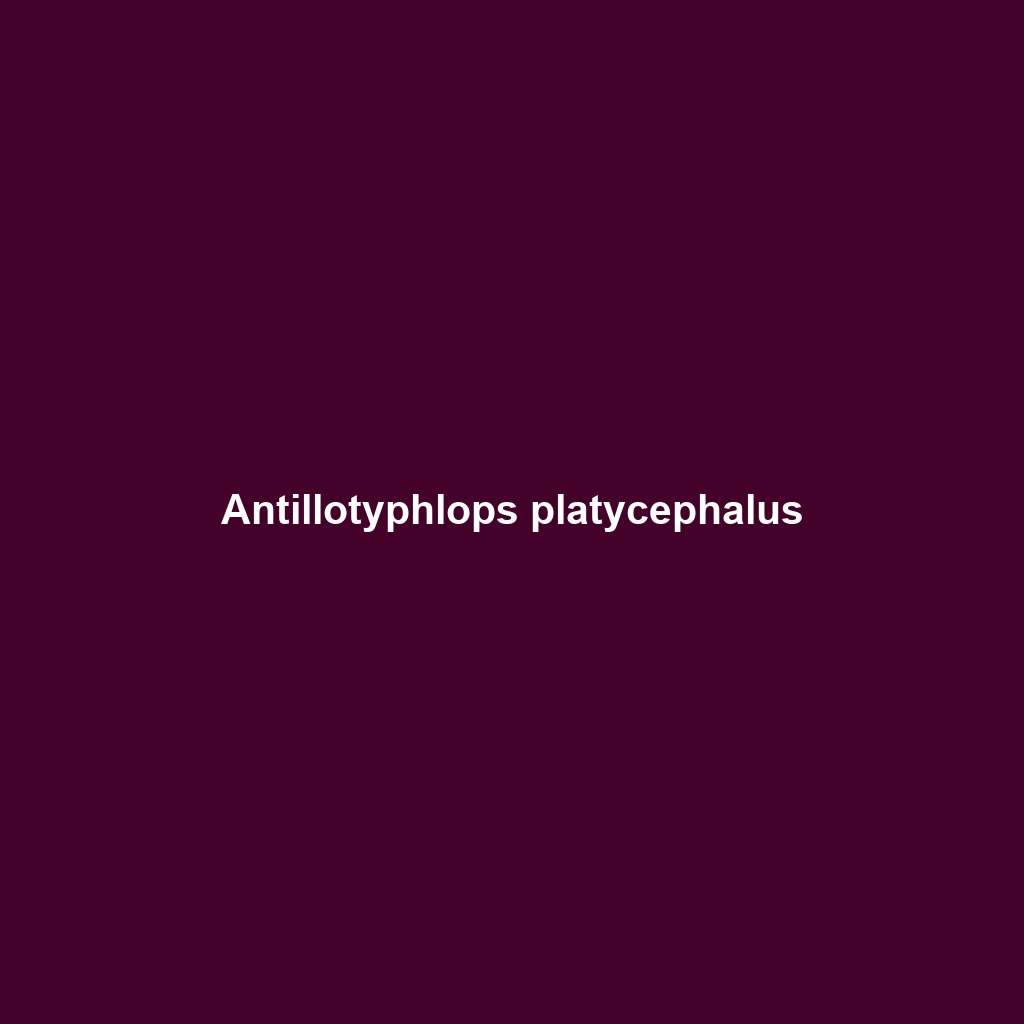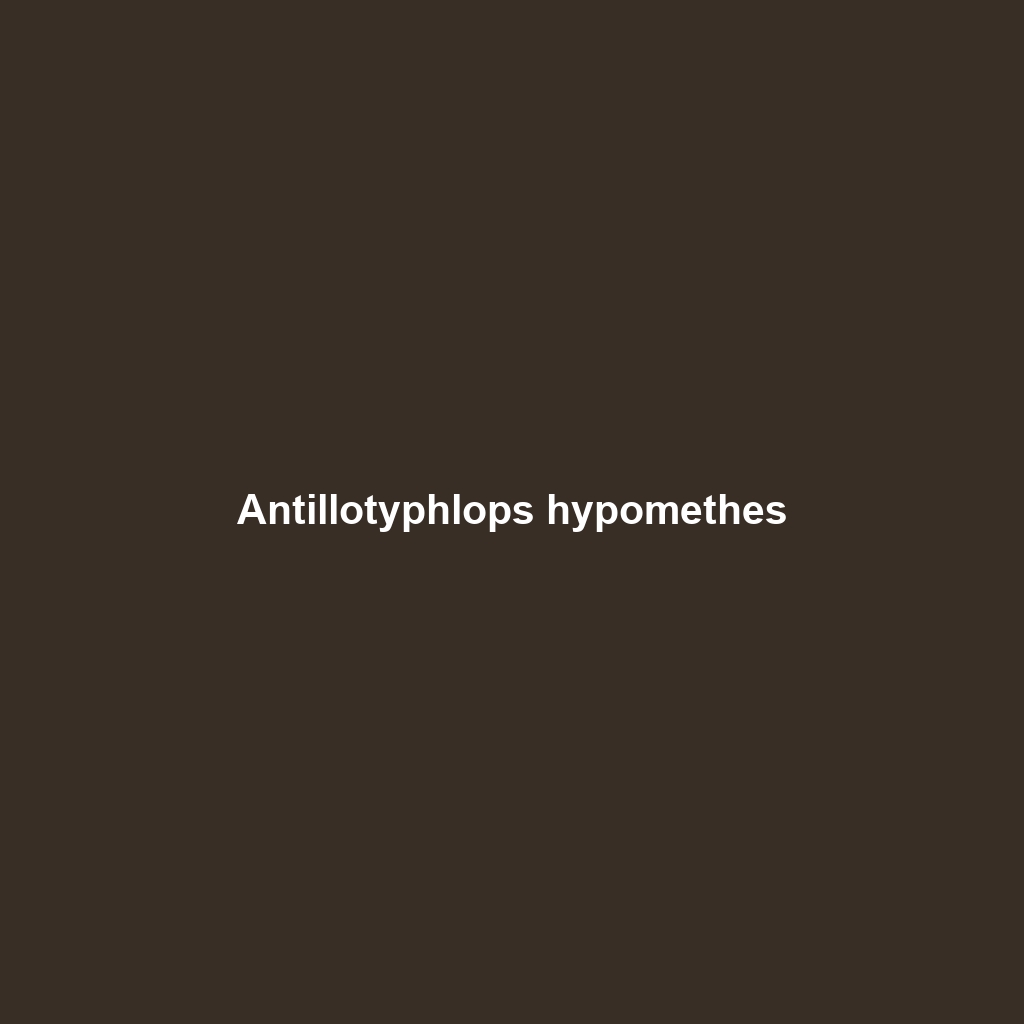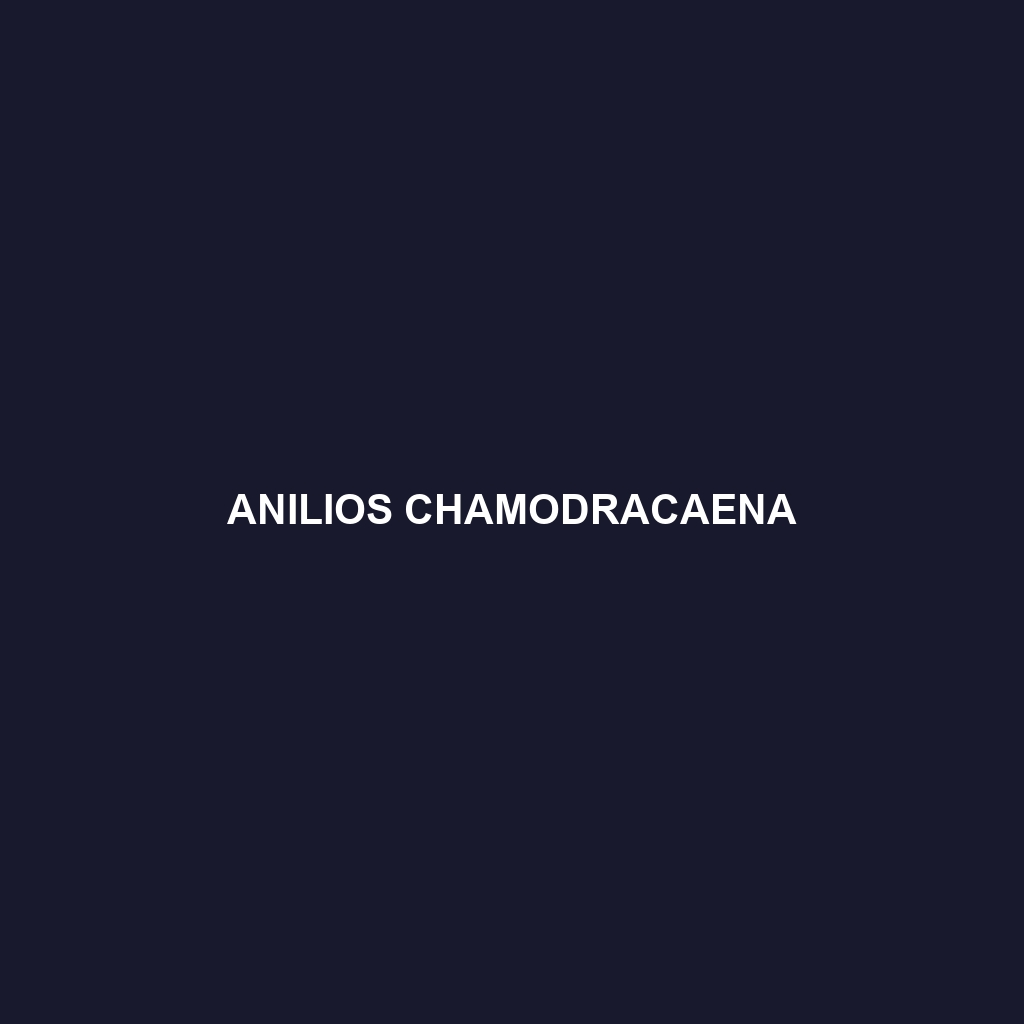Atractus occidentalis, commonly known as the Western Snake, is a slender, nocturnal snake native to the humid forests of Central America, particularly in Panama and Colombia. Recognized for its distinctive brown and black coloration, this vulnerable species primarily feeds on small invertebrates and plays a vital role in maintaining ecological balance within its habitat.
Tag: fossorial behavior
Atractus carrioni
Discover the intriguing Atractus carrioni, a vulnerable snake species native to the tropical rainforests of Ecuador. Characterized by its slender body, distinctive chocolate brown or black coloration, and nocturnal behavior, this fascinating creature plays a vital role in its ecosystem by preying on small invertebrates.
Atractaspis battersbyi
<a href="https://example.com/attractaspis-battersbyi"><b>Atractaspis battersbyi</b></a>, known as Battersby’s burrowing asp, is a fossorial snake endemic to the rainforests and savannahs of Western and Central Africa. With a length of 60 to 80 cm, it features earthy browns and olive greens for camouflage and feeds on small mammals, amphibians, and reptiles, playing a vital role in its ecosystem.
Antillotyphlops platycephalus
Discover the Antillotyphlops platycephalus, or Antillean worm snake, a non-venomous species found in the Caribbean, known for its flattened shape, secretive fossorial behavior, and diet of small invertebrates. This ‘Vulnerable’ species plays a crucial role in maintaining soil health and nutrient cycling in its forested habitats.
Antillotyphlops hypomethes
Discover the Antillean blind snake (<i>Antillotyphlops hypomethes</i>), a small, fossorial species native to the Caribbean islands, known for its distinctive smooth, cylindrical body and secretive behavior. This Vulnerable species thrives in moist, forested environments, primarily feeding on soft-bodied invertebrates while aiding in soil aeration and nutrient cycling.
Anniella campi
Discover the Anniella campi, commonly known as the California legless lizard, a slender, burrowing reptile averaging 8 to 12 inches in length, with a smooth, shiny scale cover that blends seamlessly into its sandy coastal habitat. This elusive species plays a vital role in controlling insect populations and contributes to the health of its ecosystem through its unique burrowing behaviors.
Anniella grinnelli
<p>The <b>Anniella grinnelli</b>, also known as Grinnell's legless lizard, is a slender, elongated reptile found in California and Baja California, thriving in sandy habitats. With its smooth scales, fossorial behavior, and diet of small invertebrates, this unique legless lizard plays a crucial role in maintaining ecological balance.</p>
Anilios waitii
The Anilios waitii, or Wait's blind snake, is a nocturnal, fossorial species found in the tropical rainforests of northern Australia. Known for its smooth, cylindrical body and reduced eyesight, this non-venomous snake primarily feeds on small invertebrates and plays a vital role in aerating soil and maintaining ecosystem balance.
Anilios hamatus
Discover the Anilios hamatus, or hamate blind snake, a fossorial species native to northern Australia, measuring 25 to 30 cm in length, with a light to dark brown coloration. Known for its gentle nature, this nocturnal snake primarily feeds on ants and termites, playing a vital role in regulating invertebrate populations in its ecosystem.
Anilios chamodracaena
Discover the Anilios chamodracaena, also known as the Australian Blind Snake, a non-venomous, fossorial species thriving in arid regions of Australia. Measuring 45 to 70 cm, this secretive snake plays a crucial role in its ecosystem by controlling invertebrate populations and contributing to soil health.
